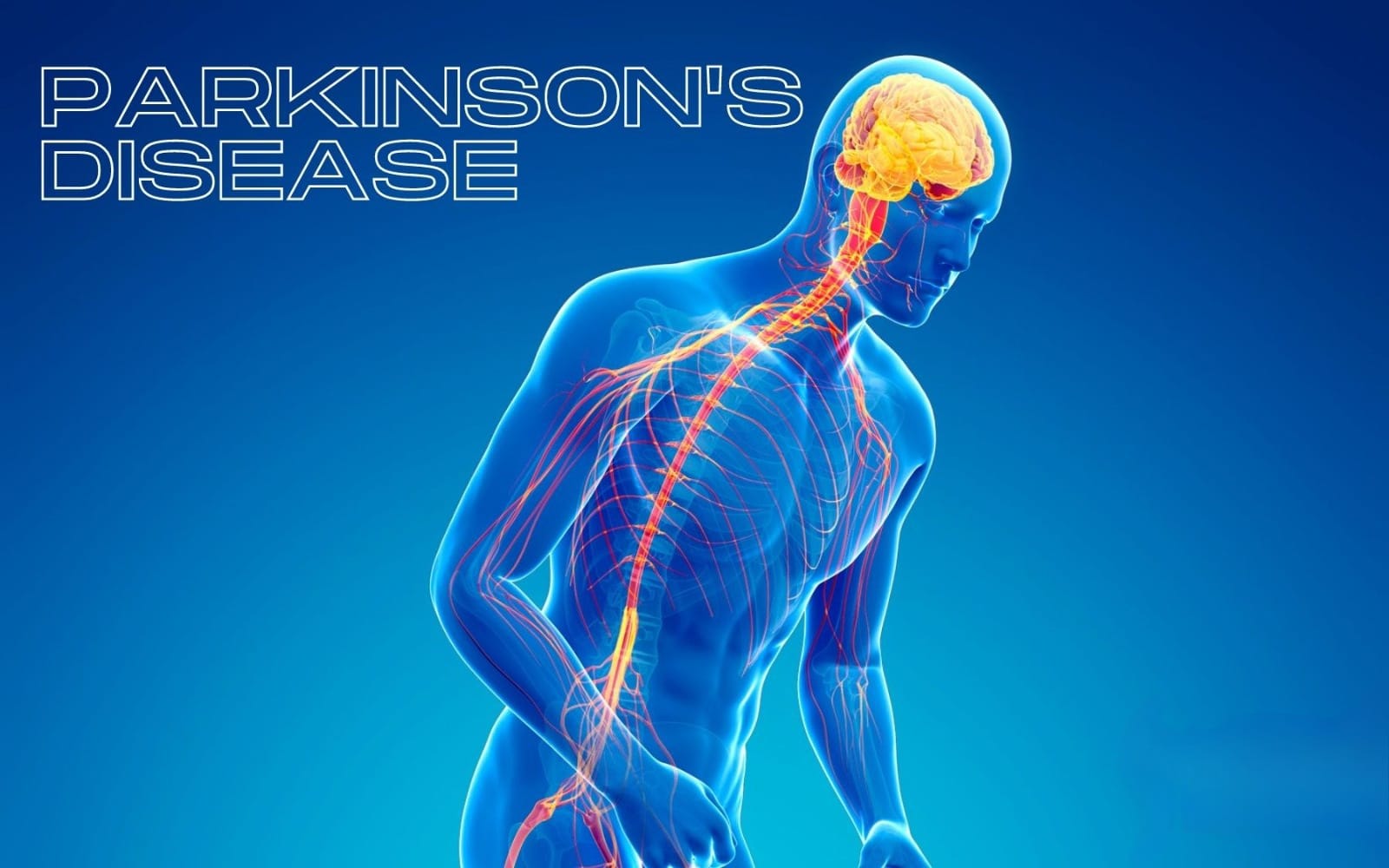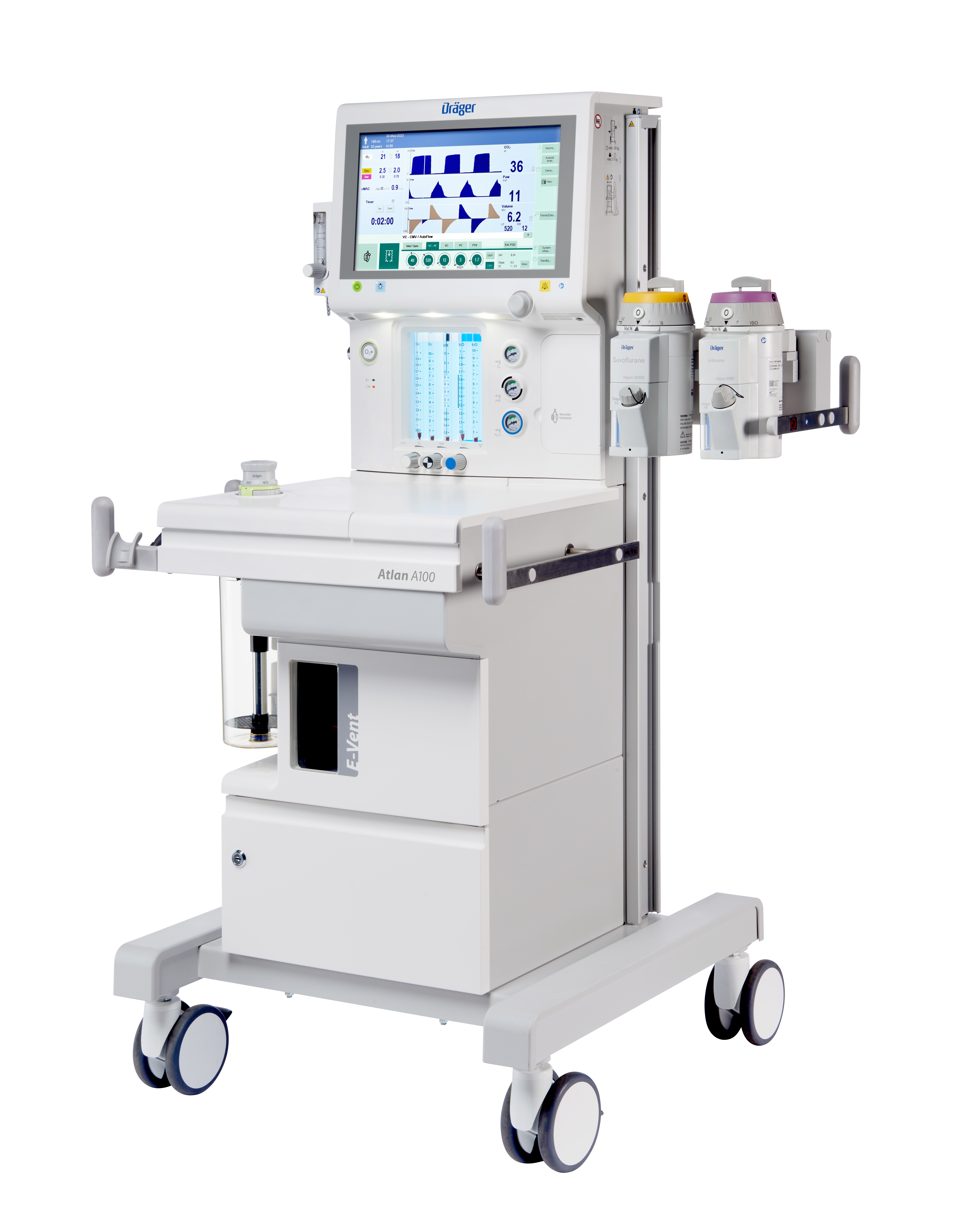In recent years, the pervasive issue of microplastic pollution has extended beyond oceans and wildlife to infiltrate human bodies, with a new study shedding light on their presence in our brains. This groundbreaking research, published in Environmental Health Perspectives, unveils a concerning reality that warrants closer examination of the potential impact on neurological health.
The Study's Alarming Findings
Researchers from the University of New Mexico have revealed that microplastic particles, typically less than 5 millimeters in size, have breached the human brain. This discovery challenges conventional understanding of how these minuscule plastic fragments interact with our bodies, raising critical questions about their implications for neurological function and health.
Understanding Microplastic Pathways
There are many potential pathways through which microplastics enter our bodies. These particles can infiltrate through skin contact, inhalation, or ingestion via contaminated food and water. Intriguingly, microplastics smaller than 20 µm may penetrate organs, with those around 10 µm capable of traversing cell membranes, including the blood-brain barrier.
The Impact on Neurological Health
Microplastic pollution poses multifaceted risks to neurological health. A aberrant protein folding, neuronal loss, neurotransmission disturbances, and behavioral abnormalities. These factors contribute to neurodegenerative changes and developmental abnormalities, potentially exacerbating metabolic disruptions, neurotoxic effects, and susceptibility to cancer.
Unveiling Microplastics Health Implications
Research showcases the release of intrinsic and absorbed compounds from microplastics, necessitating deeper investigation into their health repercussions. The study accentuates the urgent need to delineate the mechanisms by which microplastics induce pathogenic effects, urging a comprehensive examination of their impact on human health.
Long-Term Health Implications and Research Needs
As the presence of microplastics in human brains prompts concern, addressing this emerging health issue requires robust research efforts. Understanding the long-term implications and mechanisms of microplastic-induced pathogenesis is essential to formulate effective mitigation strategies. Further investigations will shed light on the precise health risks associated with microplastic exposure, guiding policies and interventions to safeguard neurological well-being.
Urgency in Addressing Microplastic Contamination
The infiltration of microplastics into human brains signals a critical environmental and health challenge that demands immediate attention. By elucidating the pathways, impacts, and consequences of microplastic exposure on neurological health, researchers can lead the way for informed decisions and proactive measures to mitigate this pervasive threat. Safeguarding human health requires collaborative efforts to tackle microplastic pollution and ensure a sustainable future for generations to come.

 The infiltration of microplastics into human brains signals a critical environmental and health challenge that demands immediate attention.
The infiltration of microplastics into human brains signals a critical environmental and health challenge that demands immediate attention.










.jpeg)

.jpeg)
.jpeg)

.jpeg)


.jpeg)



.jpeg)
.jpeg)
.jpeg)


.jpg)


.jpeg)
.jpeg)